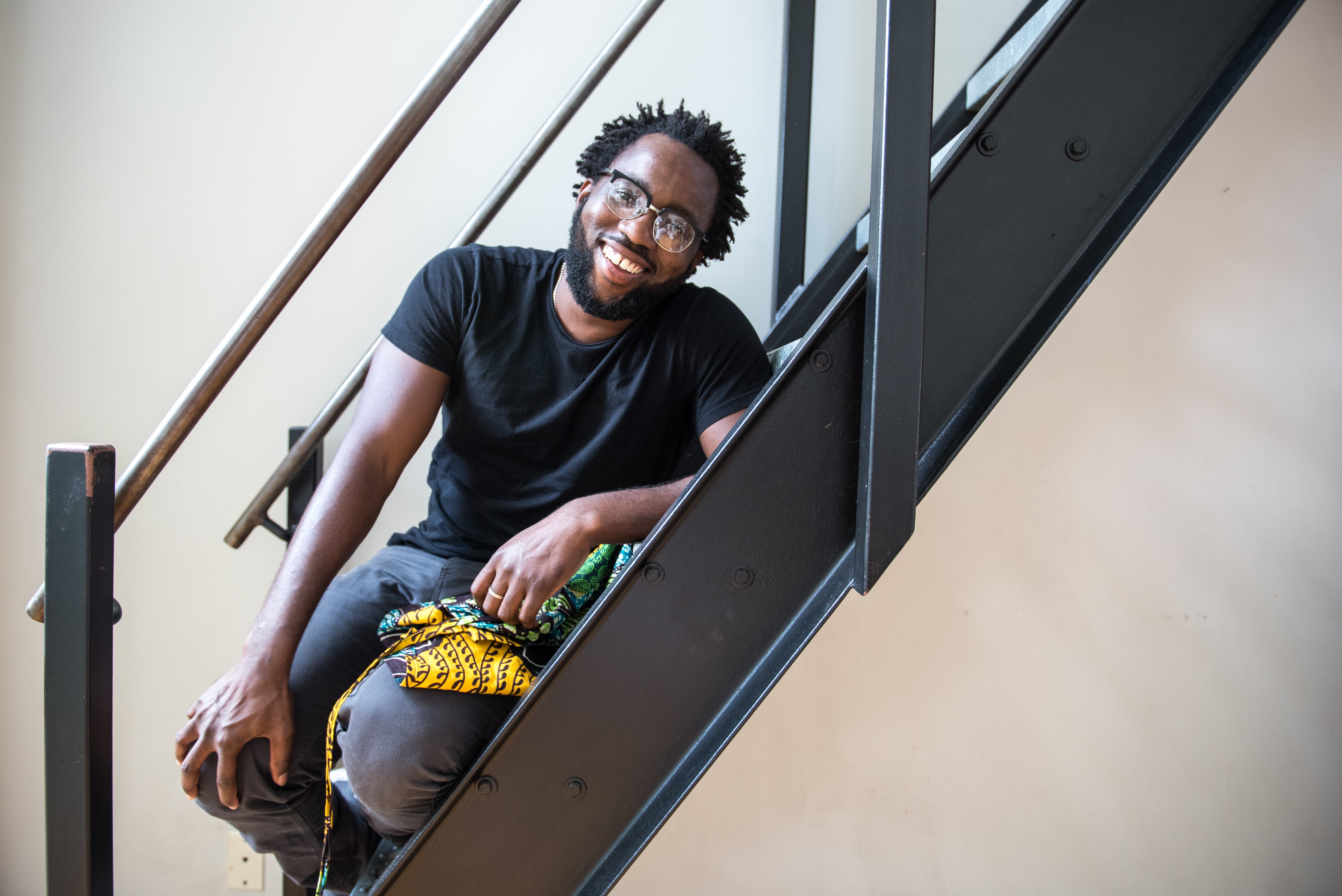
Last year, a report found that the median wealth for a Black family in America was just $1,700 compared to $116,800 for a typical white family. Even more startling, if these trends continue, by 2053 the median wealth for Black families will be zero.
The gap between those who have it and those who don’t can be felt across America, but more acutely in urban areas where the cost of living has increased. While cities like New York, Washington, D.C., Los Angeles, and Atlanta are experiencing a resurgence as people flock to rapidly gentrifying areas, residents of color are often priced out.
In New Orleans, the median income of Black families fell from $32,332 in 2000 to $27,812 in 2013, while the income of their white counterparts remained steady, going from $61,117 in 2000 to $60,070 in 2013. While many people don’t give this reality a second thought, Chef Tunde Wey’s latest experiment is helping to further the conversation about the growing income divide.
At the end of February, Wey opened a pop up restaurant called Saartj. The booth sold Nigerian entrees for $12 a plate, but when white patrons placed their order they’d be schooled on New Orleans’ growing racial income gap and asked if they’d pay $30 for the food so that the additional $18 would be redistributed to Saartj’s customers of color. The experiment had surprising results.
“Some of [the white customers] are enthusiastic, some of them are bamboozled a bit by it,” Wey told NPR. “But the majority of white folks, nearly 80 percent, decided to pay.”
Wey conducted the experiment with the assistance of Tulane University graduate student Anjali Prasertong, who also helped him collect data. Prasertong said the high numbers of white customers who were willing to pay more than twice the price of the meal surprised her.
“That was definitely higher than we expected,” Prasertong admitted. She also said that the experiment made her realize was that people of color think about the wealth disparity a lot more than their white peers.
“One of the things I took away from interviewing people was a greater awareness that people of color have thought about wealth disparity and how it has touched their lives and the kinds of things they’ve lost out on because they didn’t have access to the resources their white friends did,” Prasertong said.
“Not that [white people] weren’t aware,” she continued, “but they never really thought about how … that might have affected where they are in the world in relation to people of color. They never stopped to think, ‘Oh, that car my parents gave me in college allowed me to drive across town to get a good job.’ ”
Wey—who named the pop up stall Saartj after the 19th century South African woman Sara “Saartjie” Baartman who was paraded around Europe as a “freak of nature” because of her large buttocks—said he hoped the experiment helped people think about issues like racism and inequality as more than just systematic problems they could do little about.
“We think of this as a systemic issue, like something that happens outside of ourselves, when in fact the aggregate sum of all of our actions and choices exacerbates or ameliorates the wealth gap,” he said. Wey said he wants people to consider “where we choose to send our children to school, where we choose to buy a home and critically, how we choose to spend our money and where we choose to spend our money.”
